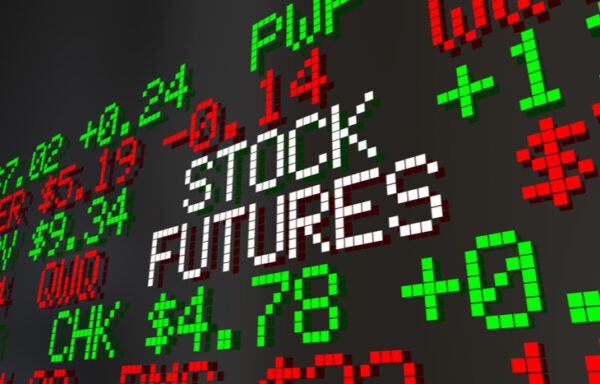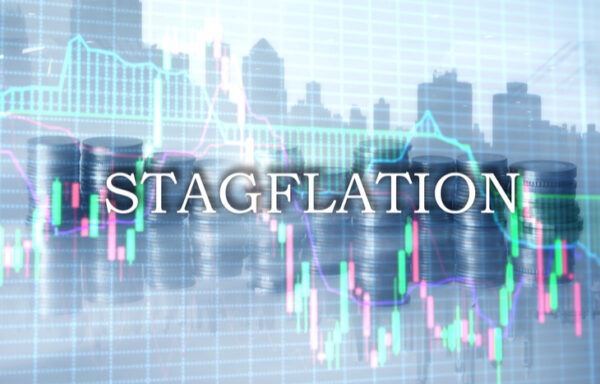What is a Balanced Investment Portfolio?
Is your investment portfolio balanced accordingly? A balanced investment portfolio is a collection of investments owned by an individual or entity. Investors manage all investments collectively within the portfolio to meet specific goals and objectives. To be truly balanced, a portfolio allocates assets to hedge risk according to the holder’s tolerance.
Balanced investment portfolios are strategic in how they offset risk. At a high level, it might mean balancing the representation of stocks vs. bonds. Diving deeper, it could mean offsetting growth stocks with blue-chip dividend-payers. Portfolio diversification creates balance, which in turn mitigates risk.
Here’s what it means to have a balanced investment portfolio, and how to look at your own investments with a mind for risk management.

Balance Comes From the Sum of All Parts
There are many ways to balance a portfolio. A traditional “balanced portfolio” tends to include 60% stocks and 40% bonds. However, because balanced portfolios seek to balance risk and reward, they’re subject to factors like an individual’s risk tolerance or their investment time horizon. Common examples might include:
- 90% stocks, 10% bonds for young investors with high risk tolerance
- 80% stocks, 20% bonds for middle-aged investors saving for retirement
- 70% stocks, 30% bonds for those approaching retirement in 3-5 years
- 40% stocks, 60% bonds for those well-into retirement, seeking passive income
Each example represents balance, based on the investor. They offset risk and reward accordingly, to ensure stability in the performance of the portfolio. Investors with balanced portfolios enjoy the peace of mind that comes with relatively predictable behavior, no matter where they’re at in their investing timeline.
How to Create a Balanced Investment Portfolio
Regardless of the ratio of fixed-income and equity securities, true portfolio balance comes from the makeup of those assets. For example, a 90% stock profile may have half of those stocks in growth and the other half in blue-chip companies. Likewise, a 60% bond portfolio might mix in riskier bonds with higher coupon rates. It all comes down to the investor.
Identify Investment Objectives
Without an investment objective, you have nothing to gauge the performance of your portfolio by. Do you want to invest for retirement? Grow your discretionary wealth? Invest for your child’s future college expenses? Your objective investment will ultimately define your risk tolerance and time horizon—which, together, determine balance in your portfolio.
Assess Risk Tolerance
Risk tolerance is your ability to maintain your holdings without locking in losses. How much are you willing to lose before you exit your positions? Balance comes from looking at how much you’re satisfied gaining. If you’re willing to hold to 50% returns, you need to be okay holding through 50% losses. The more time you have ahead of you, the higher your appetite for risk likely is.
Assess Time Horizon
Time horizon is the length of your accumulation phase or the time you spend holding an investment. The longer, the more aggressively balanced your portfolio can be. If you’re nearing retirement, it’s safer to allocate a more traditional balance in your portfolio.
Select Asset Classes
Different asset classes carry different levels of risk. Small cap growth stocks, for example, are much riskier than AAA-rated corporate bonds from a blue-chip company. ETFs grant you the ability to diversify to the level you feel comfortable. Real estate is illiquid, yet appreciates historically well. Marry your investment outlook to the assets that make sense in a balanced portfolio.
Balance, then Rebalance
Balance comes from considering all the above factors within the context of an investment portfolio. Keep in mind that as assets in the portfolio appreciate at different rates, they’ll require rebalancing. May investors rebalance annually or at pivotal times in their life when their investment philosophy or risk tolerance changes.
Most financial planners and investment advisors will follow this exact route to a balanced portfolio for clients. Often, they’ll also probe deeper, to identify the right assets to ensure wealth accumulation based on the investor’s goals.
A Look at Risk by Asset Class
While most traditional portfolios split a ratio of stocks and bonds, any investment vehicle can be part of a balanced portfolio. Here’s a look at asset classes, weighted by risk (highest to lowest):
- Equities (e.g., stocks)
- Index funds and ETFs
- Commodities
- Currencies
- Cash and cash equivalents
- Real estate
- Fixed income (e.g., bonds)
Building a balanced portfolio starts with identifying the assets that match your risk tolerance and investor mindset. Then, it’s about refining the ratio of those holdings within the total portfolio and balancing the assets themselves.
Consider Investment in Balanced Funds
If building a balanced portfolio sounds like a lot of work, you might opt to invest in a balanced fund. Mutual funds and some ETFs specifically cater to investors who want mitigated risk in a portfolio geared around unique criteria. There are mutual funds out there for everyone from the budding 20-something investor to the risk-averse senior nearing retirement. Just be sure to keep an eye out for management fees!
Balance is in the Eye of the Beholder
Balance means something different to everyone. If you’re a 20-something new investor with an appetite for risk, your 90% stock portfolio might include a few market stalwarts as a hedge against growth stock volatility. If you’re in your 70s and ready to retire, balance tends to skew heavily into fixed-income investments and shy away from equities.
To learn how you can bring balance to your portfolio, sign up for the Liberty Through Wealth e-letter below. You can discover different ways to enhance your portfolio and protect your investments!
Organizing your portfolio to notch the right risk-reward balance is something unique to every investor. Consider the most important factors at play, understand asset classes and continue to pay attention to the way your portfolio grows and changes as it relates to your outlook.
[adzerk-get-ad zone="245143" size="4"]




